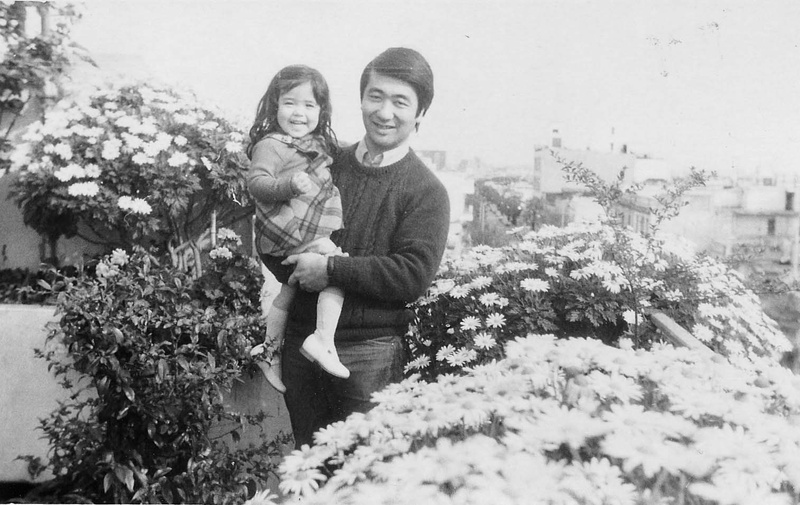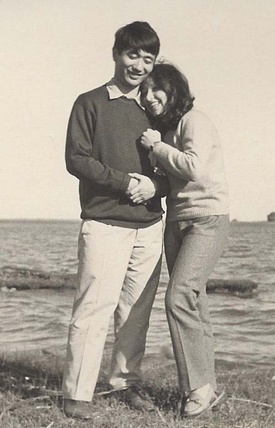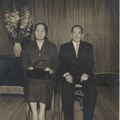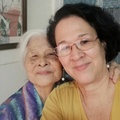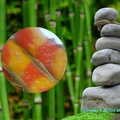A while ago, I was browsing Facebook and suddenly I see the notification of a post from a closed group about Nikkei customs and religion, specifically Shintoism. Surprising because it was a practically inactive group, it was like a desperate cry among the silence, seeking answers to the questions that were constantly asked a couple of years ago, asking what would happen to the souls of the people who were disappeared and have no grave, no They had a funeral. She wrote as Kei Ko, she said that a spiritualist (" yuta " in Okinawa) had mentioned the place where one of the bodies of the missing people was found after years. The forensic team went and they found him. Kei Ko asked himself many questions and had no answers.
As always, I “put my spoon in” and comment: “they say that in Shintoism the soul must receive rituals that we call masses and that with each one of them the soul rises; but if they are not done, the soul is in limbo. She told me that we had the same last name and that she was an Argentine Nikkei, she asked me to chat inbox.
We were filling the wall, her name was Gaby, Keiko was the name her father gave her. He tells me that his father was one of the 16 missing Nikkei , when the military dictatorship ruled in Argentina. He gives me a link to the documentary “Silence Broken 16 Nikkeis”, and tells me that to this day his body does not appear, there is no grave with his name, he is buried somewhere, but without a name.
At that moment he only became aware of what he had said: that his father's soul was wandering in limbo, without resting in peace. She thought the question was out of curiosity and not personal. I imagine she must have felt hurt by what I said. Although I apologized, she told me that this was a taboo topic before and that she had been dealing with it for two years. She was just looking for answers and that all these years she had kept it all inside of her. As always, he tells me “I don't forget, but now I question everything.”
She tells me that she is the daughter of Oscar Takashi Oshiro, one of the Nikkeis who disappeared in Argentina during the military dictatorship, he disappeared on April 21, 1977, he was 36 years old. He was like any person and his family was like anyone, the only thing different is that his father was a person who cared about others and the rights of workers (atypical in the Nikkeis, who sought to adapt to society, without complaining or protesting. ). He was kidnapped, like many, to silence him. He was going against the regime; As a lawyer, he was about to win the case against a factory owned by one of the regime's Ministers.
How to turn to the police, if they were in complicity with the regime. From that moment on, her mother Edvige Bresolin, “la Beba,” began her fight to find her husband and all those disappeared by the dictatorship. He visited all possible and even dangerous places. She tells me that once, they went with her and her brother to “Vesuvius”, which was a clandestine prison, because someone told her that they had seen Oscar there. They say that they were tortured there and that most likely, that is how they died. She tells of the fear she had of also losing her mother at that moment and that the fear was repeated every day that her mother left early in search of some clue to find Oscar, until she arrived home, often very late. That was every day, until his mother realized that she was not going to find him.
Their lives moved to Italy, where she studied art and helps her mother in the photographic laboratory she set up. It was a new dawn, as she said, she had complete freedom to express herself without the fear of being watched or saying the wrong thing.
How many times have I seen the article about the missing Nikkei. I have read it, but you never put yourself in the place of that person who loses a family member who disappears, “he is alive and dead at the same time,” because you know he is dead. But, officially they do not find his body, there is no grave. You think: where am I going to put flowers? Where am I going to pray to him? How can I believe that he is dead if I don't bury him?
* * * * *
Gaby Oshiro is an artist, she is sensitive, a painter, she likes to paint portraits, she likes photography, she sings beautifully, she has Japanese ancestry through her father and Italian ancestry through her mother. She lives in the United States and is married to an American. She has three children, each of them has something of her, as I understand it from everything she says, she is low profile for being an artist and Argentine.
She laughs at this comment, she only wants the things and opportunities that she achieves on her own merits, many times you feel her defensive, serious, she acts “tough.” But, the truth is that he has his little heart. I tell her and she, annoyed, says “no.” She says I am always analyzing her when we chat, I apologize, it is unintentional. But, it catches my attention, it is sometimes sad, sometimes cutting, other times serious, distrustful, other times happy. He even tells about his daily things, his children.
Faced with so many questions, I tell him that I am very curious, my wife says that I am more of a gossip, just like a very dear cousin of mine. He describes me as curious, but tells me that it is a way to diplomatically say that “you are a gossip.” Gaby also tells me yes, “you are a gossip, but if not, I wouldn't know you, or your cousin.” We have the same last name, but we are not family, she is Argentine and I am Peruvian; But, I call her cousin and she calls me cousin. Her husband is very happy that we adopted each other, so he says.
For many years, her father was a taboo subject, she didn't touch it, even her friends didn't do it so as not to hurt her; But, two years ago or so, he received a call from Argentine journalist Andrés Asato , asking him to help finish the book “They didn't know that we are seeds”, which was just missing the chapter about his father, about the missing Nikkei in Argentina. That gave her a “shock”, she woke up from her lethargy, the inner questions begin, she faces herself, she questions everything, she will no longer be silent, she will tell the story, but in her own way, like the artist she is, painting portraits. of the disappeared, reading the biographies of each one, talking with each family member, making each one of them revive in each portrait, so that the families and friends can see their eyes again, using the term “Kintsugi”, which is the art of recognizing the beauty in something broken, joining the broken pieces with gold, creating a new object, based on 17 doors, where each one represents the 17 missing ones. This was done in Argentina, for the centenary of the Japanese Association in Argentina, in 2016. A second part is expected with Kintsugi Part 2.
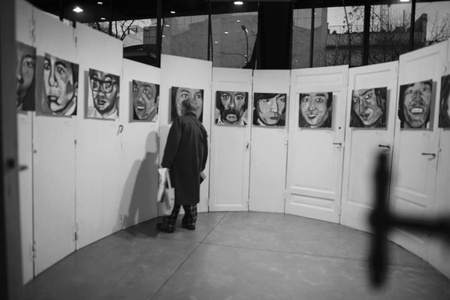
© 2017 Roberto Oshiro Teruya


